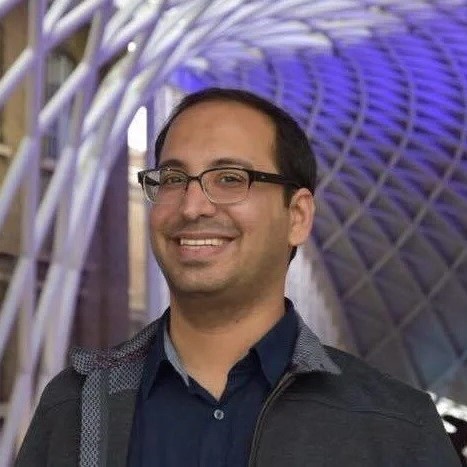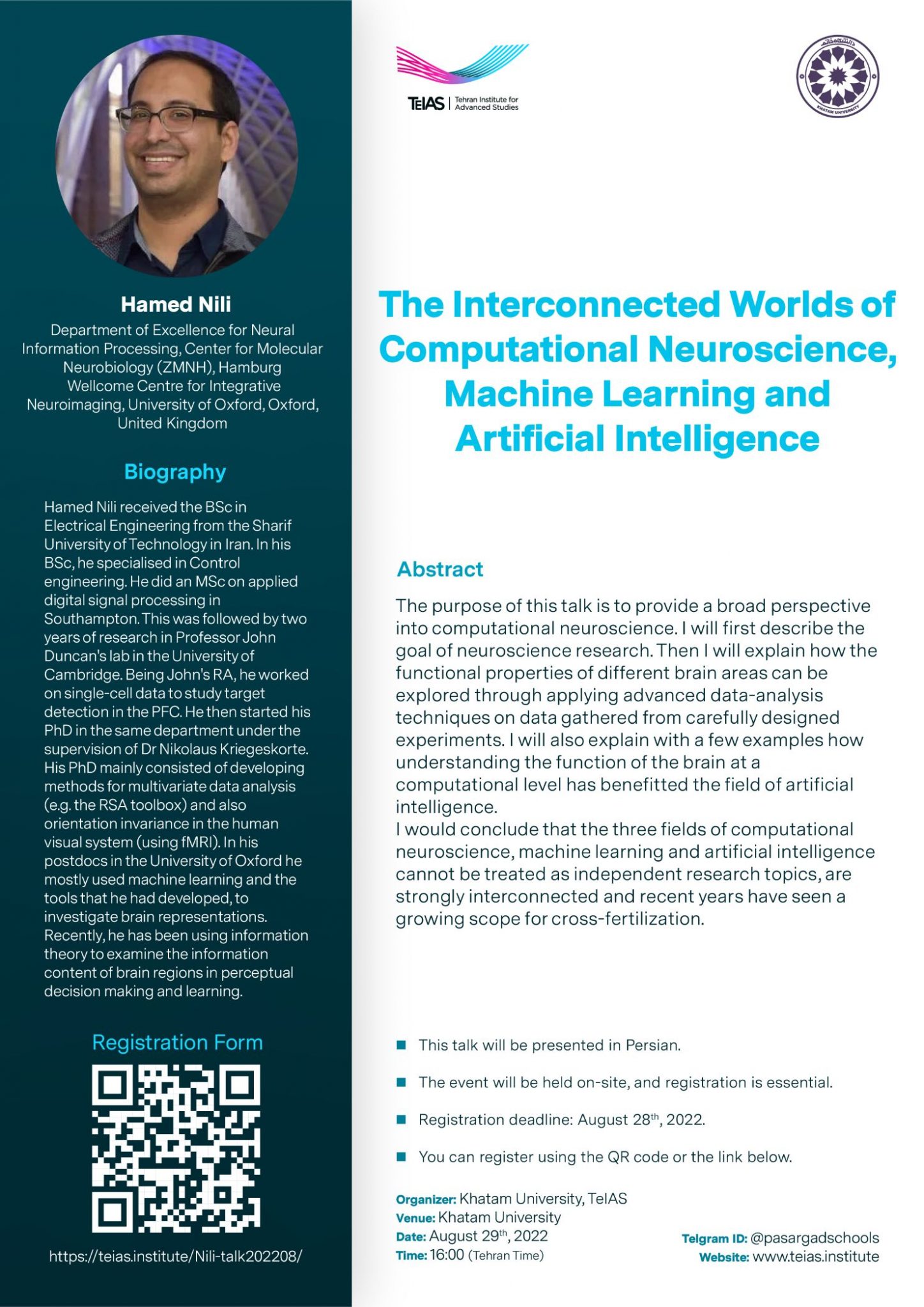
Hamed Nili received the BSc in Electrical Engineering from the Sharif University of Technology in Iran. In his BSc, he specialised in Control engineering. He did an MSc on applied digital signal processing in Southampton. This was followed by two years of research in Professor John Duncan’s lab in the University of Cambridge. Being John’s RA, he worked on single-cell data to study target detection in the PFC. He then started his PhD in the same department under the supervision of Dr Nikolaus Kriegeskorte. His PhD mainly consisted of developing methods for multivariate data analysis (e.g. the RSA toolbox) and also orientation invariance in the human visual system (using fMRI). In his postdocs in the University of Oxford he mostly used machine learning and the tools that he had developed, to investigate brain representations. Recently, he has been using information theory to examine the information content of brain regions in perceptual decision making and learning.

